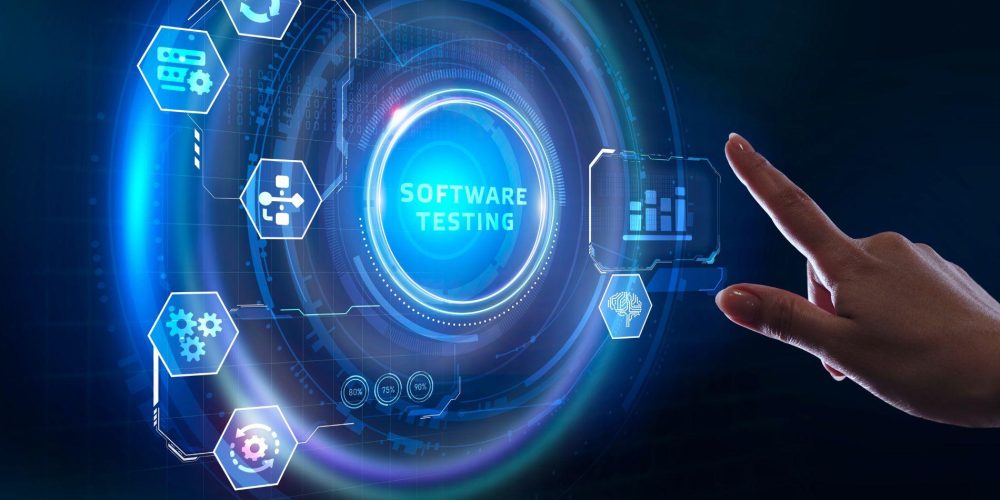
In the last 20 years, nothing has changed in software testing! Right?
Dive with us into the remarkable evolution of software testing over the past two decades. From manual testing to automated workflows, and from agile to cloud testing – discover the transformation that is laying the foundation for the future of software development.
The Evolution of Software Testing in the Last 20 Years
Software testing has evolved significantly over the past two decades, driven by technological advances, changing business needs and the emergence of new development methodologies. During this period, organizations around the world have witnessed a transformation in the way they ensure the quality of their software.
In the early days of software development, tests were mostly manual. Testers performed repetitive tasks, which could be time-consuming and error-prone. Over the past 20 years, however, the rise of automated testing has revolutionized the field. Test automation tools enable developers and testers to run repeatable tests, resulting in significant improvements in test efficiency and accuracy.
The move to agile development methodologies and the subsequent rise of DevOps have increased the frequency and speed of software delivery. Traditional testing methods were not a good fit for the rapid iterations of agile and the continuous integration and delivery of DevOps. This led to the integration of tests at every stage of the development pipeline, improving collaboration between developers and testers.
Another notable change is the shift to “Shift-Left Testing. Instead of running tests only at the end of the development cycle, they are now integrated from the beginning. This approach identifies and addresses problems earlier in the development process, reducing the cost of bug fixes and increasing overall software quality.
With the rise of cloud computing, testers have gained access to powerful virtual environments for running tests. Cloud-based testing environments offer scalability and flexibility, allowing organizations to easily run tests in different configurations. In addition, virtualization has made it possible to simulate complex systems, allowing testers to work with virtual components instead of real hardware.
In recent years, artificial intelligence (AI) and machine learning (ML) have found their way into software testing. These technologies are used to automate test cases, analyze large amounts of test data and identify patterns that may indicate potential problems. This makes the testing process smarter, more adaptive and efficient.
As digitization has increased, the emphasis has shifted to the user experience. Performance testing has become essential to ensure application speed, scalability and reliability, especially at a time when users have high expectations for software performance.
In conclusion, the evolution of software testing over the past 20 years has been remarkable. From manual testing to automated testing, from waterfall to agile, and from local testing environments to the cloud – each step has helped ensure software quality and reliability in an ever-changing technological landscape. While AI and machine learning continue to shape the future of software testing, a focus on speed, flexibility and user experience remains critical to success in the dynamic world of software development.
Veldkant 33a
2550 Kontich
Nijverheidskaai 3
8500 Kortrijk
BE 0472.593.797
Stay up to date with the latest news
Stay up to date with the latest news